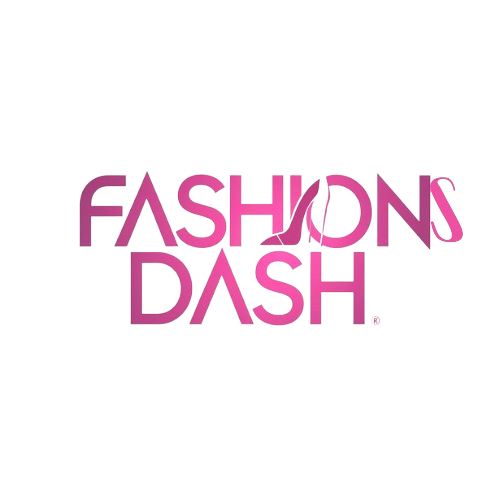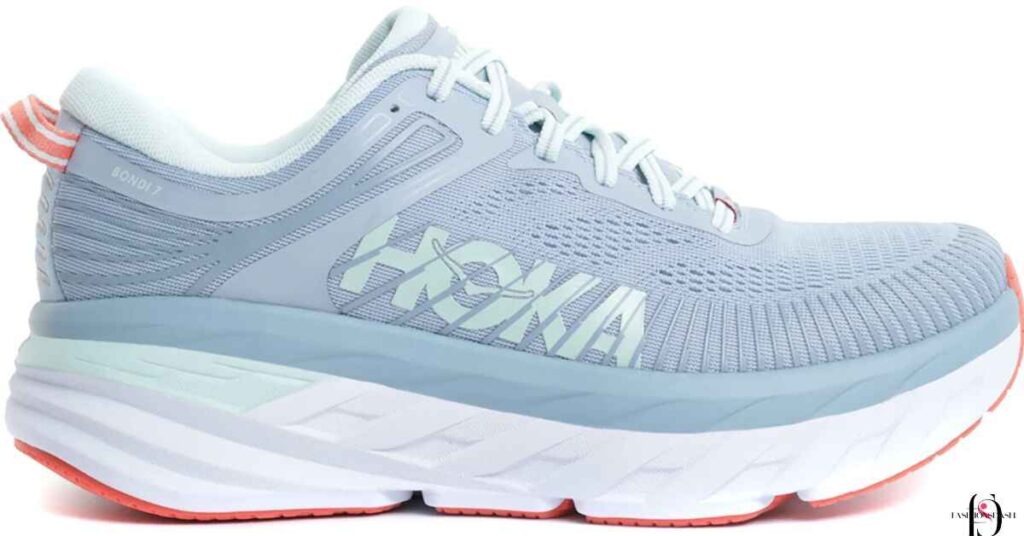Hoka shoes are pricey due to several reasons. Firstly, they invest in research and development for innovative designs, especially focusing on cushioning.
Secondly, advanced materials and technologies used in production contribute to higher costs. Thirdly, their reputation for durability and quality construction adds to the price. Fourthly, being a premium brand in athletic footwear, they maintain a strong reputation for performance.
Lastly, specialized design tailored for running and athletics justifies the higher price point, making them a preferred choice for serious athletes.
Why Are Hoka Shoes So Expensive On Amazon? 6 Key Reasons
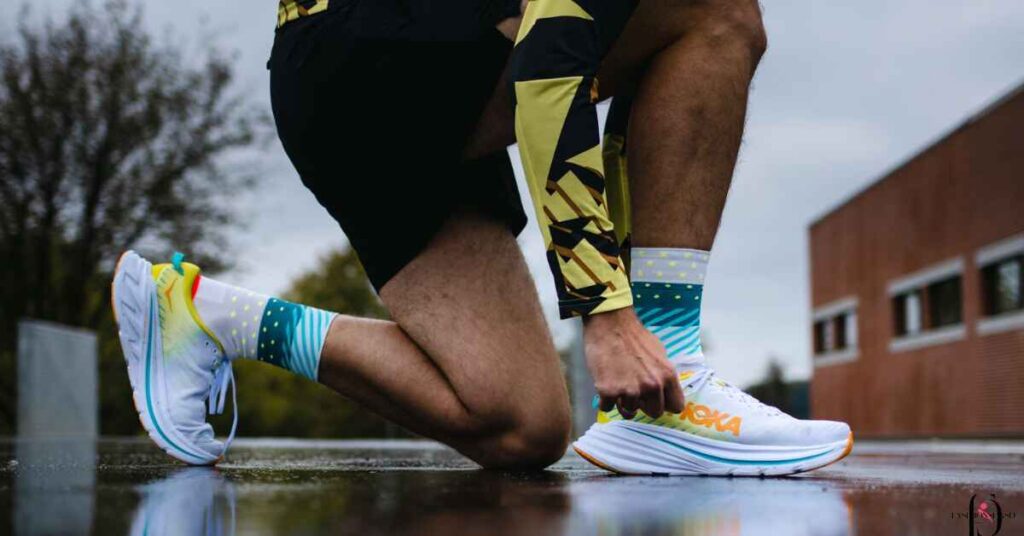
Hoka shoes tend to have higher prices on Amazon due to several factors.
- Limited Availability: Hoka shoes may not be as readily available on Amazon compared to other brands. Limited availability can drive up prices due to increased demand and limited supply.
- Third-Party Sellers: Many listings on Amazon are sold by third-party sellers who may inflate prices to capitalize on the brand’s popularity and limited availability.
- Shipping and Handling Costs: Sellers on Amazon often include shipping and handling costs in the final price of the product, further increasing the overall cost of Hoka shoes.
- Amazon’s Fee Structure: Amazon charges sellers various fees for listing and selling products on its platform. These fees can lead sellers to increase prices to maintain profitability.
- Brand Recognition and Reputation: Hoka is a well-known brand with a reputation for quality and performance. Sellers may take advantage of this reputation by pricing their products higher to reflect the perceived value of the brand.
- Supply and Demand Dynamics: If there is high demand for Hoka shoes on Amazon but limited supply, sellers may increase prices to capitalize on the scarcity of the product.
Overall, a combination of limited availability, third-party sellers, shipping costs, Amazon’s fee structure, brand reputation, and supply and demand dynamics contribute to the higher prices of Hoka shoes on the platform.
Read This Blog: WHAT SHOES DOES HERMIONE WEAR
Hoka’s Proprietary Foam Midsole Technology
Hoka’s proprietary foam midsole technology is a key feature that sets their shoes apart. This specialized foam is designed to provide superior cushioning, responsiveness, and stability while remaining lightweight.
The exact composition and construction of the foam may vary between different Hoka models, but the overarching goal is to create a plush yet supportive ride for runners and athletes.
By using innovative materials and engineering techniques, Hoka is able to achieve a balance between cushioning and responsiveness, which can help reduce fatigue and improve overall performance during long runs or intense workouts.
Overall, Hoka’s foam midsole technology plays a crucial role in delivering the comfort, support, and performance that the brand is known for, making it a standout feature in their lineup of athletic shoes.
Advanced Upper Materials and Components
Hoka incorporates advanced upper materials and components into their shoes to enhance comfort, durability, and performance.
These materials often include engineered mesh, seamless construction, and lightweight overlays, which provide a snug yet breathable fit while reducing the risk of irritation or hot spots.
Advanced upper components may include reinforced panels or strategic support structures to improve stability and lockdown during movement. Overall, these advanced materials and components contribute to the overall quality and functionality of Hoka shoes, making them a popular choice among athletes seeking optimal performance and comfort.
Design Modern and Style

Hoka’s design ethos focuses on modernity and style, blending cutting-edge technology with sleek aesthetics.
Their shoes often feature bold colorways, streamlined silhouettes, and contemporary detailing that appeal to fashion-conscious athletes. Emphasizing both form and function, Hoka’s designs are not only visually appealing but also reflect the brand’s commitment to innovation and performance.
Also Read This Blog: WHO MAKES BCG SHOES
Whether on the track, trail, or city streets, Hoka shoes exude a sense of modernity and style that resonates with athletes seeking both performance and fashion-forward footwear.
Limited Production Runs
Hoka frequently employs limited production runs to maintain exclusivity and manage demand for their shoes. By releasing limited quantities of certain models, Hoka can create a sense of scarcity and anticipation among consumers, driving interest and excitement for their products.
This strategy also allows Hoka to carefully control inventory levels and minimize excess stock, ensuring that each release maintains its value and appeal. Additionally, limited production runs often coincide with special collaborations or themed collections, further enhancing the desirability and collectability of Hoka shoes among enthusiasts and collectors.
Brand Reputation and Marketing
Hoka’s brand reputation and marketing efforts play a significant role in the perceived value and pricing of their shoes. With a strong reputation for quality, innovation, and performance, Hoka has cultivated a loyal customer base of athletes and fitness enthusiasts.
Their marketing strategies often highlight the brand’s commitment to pushing boundaries and redefining athletic footwear, positioning Hoka as a leader in the industry.
Through targeted campaigns, sponsorships, and partnerships with elite athletes and sports organizations, Hoka reinforces its image as a premium brand synonymous with excellence and achievement. This branding strategy not only attracts customers willing to pay a premium for Hoka’s products but also enhances the perceived value of their shoes in the eyes of consumers.
Furthermore, Hoka’s marketing efforts often emphasize the unique features and benefits of their shoes, such as their proprietary foam midsole technology and advanced design elements.
By effectively communicating these key selling points, Hoka can justify the higher price point of their shoes and differentiate themselves from competitors in the market. Overall, Hoka’s strong brand reputation and strategic marketing play a crucial role in shaping consumer perception and willingness to invest in their products.
Ethical Considerations
Ethical considerations in Hoka’s pricing strategy revolve around transparency, fairness, and social responsibility.
As a premium brand, Hoka should ensure that their pricing accurately reflects the value of their products while remaining transparent about the factors that contribute to their prices. This includes being honest about the costs of materials, labor, and overhead, as well as any markups for profit.
Furthermore, Hoka should strive to maintain fair pricing practices to avoid price gouging or taking advantage of consumer demand. This involves setting prices at levels that are reasonable and justifiable based on the quality and features of their shoes, rather than solely on market demand.
From a social responsibility perspective, Hoka should consider the impact of their pricing decisions on consumers, particularly those who may be financially disadvantaged.
While premium pricing may be necessary to support the brand’s research, development, and sustainability efforts, Hoka should also offer options for affordability, such as sales, discounts, or entry-level models, to ensure that their products are accessible to a wide range of customers.
Overall, ethical considerations in Hoka’s pricing strategy require a balance between profitability, transparency, fairness, and social responsibility to maintain trust and integrity in the brand.
Is HOKA Owned By Nike?
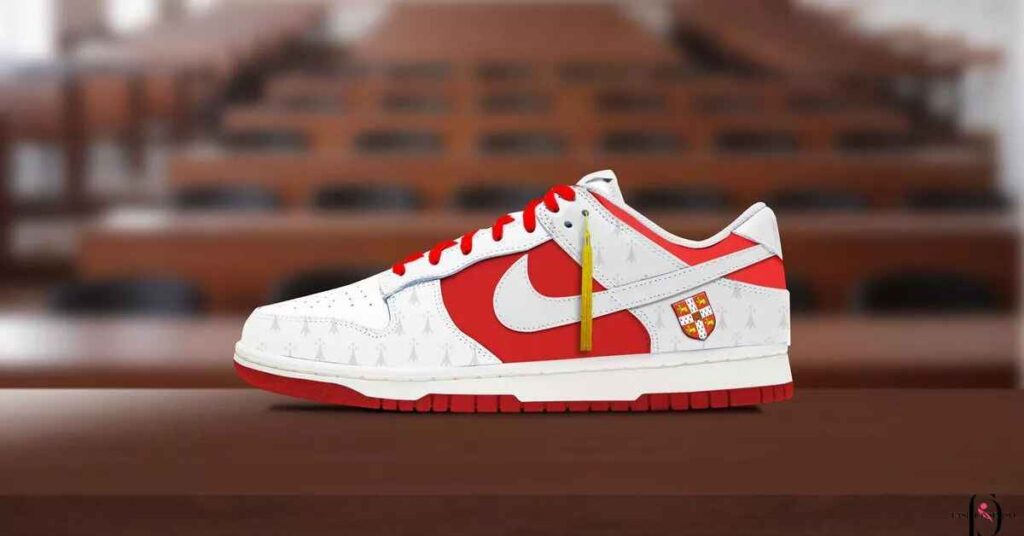
No, HOKA is not owned by Nike. HOKA was founded independently in 2009 by Jean-Luc Diard and Nicolas Mermoud in Annecy, France. The brand gained popularity for its maximalist running shoes designed to provide superior cushioning and support.
While Nike is a major player in the athletic footwear industry, HOKA operates as a separate entity, with its own unique brand identity, product lineup, and business operations.
Why Are Hoka Shoes So Popular?
Hoka shoes have gained popularity for several reasons.
- Maximalist Cushioning: Hoka’s shoes are known for their maximalist cushioning, which provides superior shock absorption and comfort, making them ideal for long-distance running and other high-impact activities.
- Innovative Design: Hoka has a reputation for innovative design features that enhance performance and comfort. Their shoes often incorporate advanced materials and technologies to improve cushioning, stability, and overall ride quality.
- Comfort and Support: Hoka shoes are praised for their plush feel and supportive fit. The ample cushioning and ergonomic design help reduce fatigue and discomfort during long runs or workouts, appealing to athletes seeking maximum comfort and support.
- Versatility: Hoka offers a diverse range of shoes designed for various terrains and activities, including road running, trail running, hiking, and walking. This versatility appeals to a wide range of athletes and fitness enthusiasts looking for specialized footwear for their specific needs.
- Brand Reputation: Hoka has built a strong brand reputation for quality, reliability, and performance. Positive reviews from athletes and influencers, as well as endorsements from elite runners, have helped bolster the brand’s credibility and popularity.
- Fashionable Aesthetics: In addition to their performance features, Hoka shoes often boast stylish designs and vibrant color ways that appeal to fashion-conscious consumers. The combination of performance and aesthetics makes Hoka shoes stand out in a crowded market.
Overall, the combination of innovative design, superior cushioning, comfort, versatility, and brand reputation has contributed to the widespread popularity of Hoka shoes among runners, athletes, and fitness enthusiasts around the world.
Where are Hoka shoes made?

Hoka shoes are manufactured in various countries around the world, including China, Vietnam, and Indonesia. The exact manufacturing location can vary depending on the specific model and production run.
Hoka, like many other footwear brands, utilizes global manufacturing facilities to produce its shoes, often selecting locations based on factors such as cost-effectiveness, production capabilities, and supply chain considerations.
How Much More Expensive Is Hoka Compared To Major Brands Like Nike And Brooks?
The price difference between Hoka and major brands like Nike and Brooks can vary depending on the specific model and features of the shoes. Generally speaking, Hoka shoes tend to fall into the premium price range compared to some other brands.
For example, while a basic running shoe from Nike or Brooks might typically range from $80 to $120, Hoka shoes often start at around $120 and can go up to $200 or more for their high-end models with advanced features and materials.
However, it’s important to note that pricing can fluctuate due to factors such as sales, promotions, and special editions. Additionally, certain Hoka models may be priced similarly to or even lower than comparable models from Nike or Brooks, depending on factors like materials used, technology incorporated, and production costs.
Ultimately, the price difference between Hoka and major brands like Nike and Brooks is influenced by a combination of factors, including brand positioning, reputation, technology, and target market.
Are Hoka Shoes Worth The Money?

Whether Hoka shoes are worth the money depends on individual preferences, needs, and budget. Here are some factors to consider when evaluating the value of Hoka shoes.
- Performance: Hoka shoes are known for their superior cushioning, support, and comfort, which can be beneficial for runners and athletes, especially those logging long miles or dealing with injury concerns.
- Durability: Hoka shoes are generally well-made with high-quality materials, which can contribute to their longevity and durability, potentially making them a worthwhile investment over time.
- Innovation: Hoka often incorporates innovative features and technologies into their shoes, such as their proprietary foam midsoles and advanced upper materials, which may provide added benefits in terms of performance and comfort.
- Brand Reputation: Hoka has built a strong reputation for quality and performance in the athletic footwear industry, which can instill confidence in consumers considering their products.
- Price: While Hoka shoes are generally priced at a premium compared to some other brands, the perceived value of their performance, comfort, and durability may justify the higher price point for some individuals.
Ultimately, whether Hoka shoes are worth the money is subjective and depends on factors such as personal preferences, intended use, and budget constraints. It may be helpful to try on different models, read reviews, and consider your specific needs and priorities before making a purchasing decision.
Why Are Hoka Shoes So Expensive? Key Reasons
Hoka shoes often carry a higher price tag due to several key reasons.
- Advanced Technology: Hoka incorporates innovative features and technologies into their shoes, such as proprietary foam midsoles and advanced upper materials, which enhance performance, comfort, and durability.
- Research and Development: The brand invests significantly in research and development to continually improve their products, resulting in higher production costs that are reflected in the retail price.
- Quality Construction: Hoka is known for its commitment to quality and durability, using high-quality materials and manufacturing processes that contribute to a higher price point.
- Brand Reputation: Hoka has built a strong brand reputation for delivering high-performance shoes trusted by athletes and runners, which allows them to command a premium price based on perceived value.
- Limited Production Runs: Some Hoka models are released in limited quantities, creating scarcity and exclusivity that may justify higher prices in the eyes of consumers.
- Marketing and Branding: Hoka invests in marketing and branding efforts to position itself as premium athletic footwear brand, which can influence pricing perceptions among consumers.
Overall, the combination of advanced technology, research and development costs, quality construction, brand reputation, limited production runs, and marketing efforts contributes to the higher price of Hoka shoes.
Durability & Longevity
Durability and longevity are important factors that contribute to the higher price of Hoka shoes. Hoka prioritizes quality construction and uses high-quality materials to ensure that their shoes are built to last.
This focus on durability means that Hoka shoes can withstand the rigors of regular use, including running and athletic activities, without significant wear and tear.
The use of durable materials such as robust outsoles, reinforced overlays, and resilient midsole foams helps extend the lifespan of Hoka shoes, making them a reliable investment for athletes and runners.
Hoka’s commitment to quality control and craftsmanship further enhances the longevity of their products, reducing the need for frequent replacements and ultimately providing better value for the consumer.
While the initial cost of Hoka shoes may be higher compared to some other brands, their durability and longevity can help offset this expense over time.
By investing in a pair of durable and long-lasting Hoka shoes, consumers can potentially save money in the long run by avoiding the need for frequent replacements and repairs.
Comfort
Comfort is a cornerstone of Hoka shoes, contributing significantly to their higher price point. Here’s why.
- Maximalist Cushioning: Hoka is renowned for its maximalist cushioning, which provides exceptional shock absorption and comfort. The generous amount of cushioning helps reduce impact on joints and muscles, making Hoka shoes ideal for long-distance running and high-impact activities.
- Proprietary Midsole Technology: Hoka incorporates proprietary foam midsole technology into its shoes, offering a plush and responsive ride. This technology is engineered to provide a balance of cushioning and energy return, enhancing overall comfort and performance.
- Advanced Upper Materials: Hoka uses advanced upper materials that prioritize breathability, flexibility, and support. These materials are designed to conform to the shape of the foot, reducing friction and discomfort during movement.
- Strategic Design: Hoka shoes are designed with the biomechanics of running and athletic activities in mind. The strategic placement of cushioning, support structures, and flex grooves ensures a comfortable and natural foot strike, reducing fatigue and minimizing the risk of injury.
- Customized Fit: Many Hoka models feature a roomy toe box and a snug heel counter, providing a comfortable and secure fit for a wide range of foot shapes and sizes. Additionally, some Hoka shoes offer customizable features, such as removable insoles or adjustable lacing systems, allowing users to fine-tune their fit for maximum comfort.
Overall, the combination of maximalist cushioning, proprietary midsole technology, advanced upper materials, strategic design, and customized fit contribute to the exceptional comfort of Hoka shoes, justifying their higher price tag for many consumers.
Innovative Technology
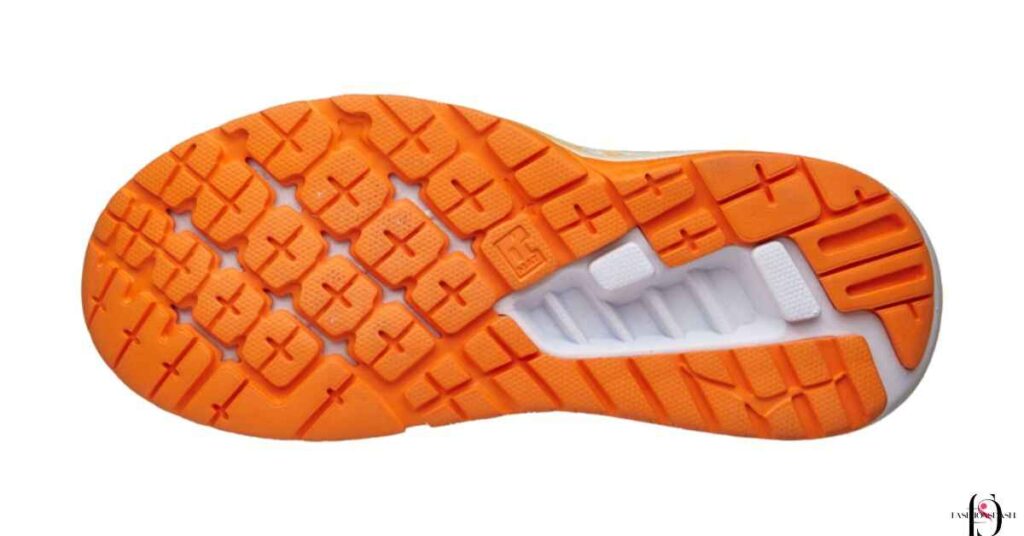
Hoka shoes command a higher price due in part to their innovative technology, which offers various benefits to athletes and runners. Here’s why this technology contributes to the cost.
- Proprietary Midsole Foam: Hoka is renowned for its proprietary midsole foam technology, which provides superior cushioning and energy return. This foam is engineered to be lightweight yet resilient, offering a plush and responsive ride that enhances comfort and performance.
- Meta-Rocker Geometry: Hoka’s Meta-Rocker geometry is designed to promote a smooth and efficient stride by guiding the foot through a natural gait cycle. This innovative design feature reduces fatigue and strain on the body, allowing athletes to maintain optimal form and performance over longer distances.
- Advanced Upper Materials: Hoka incorporates advanced upper materials, such as engineered mesh and seamless construction, to provide a snug yet breathable fit. These materials enhance comfort and durability while reducing the risk of irritation or hot spots during activity.
- Stability and Support Features: Hoka integrates stability and support features into its shoes, such as TPU overlays and structured heel counters, to enhance stability and reduce the risk of injury. These innovative design elements provide added security and confidence for athletes navigating challenging terrain or engaging in high-intensity workouts.
- Specialized Outsole Designs: Hoka’s outsole designs are optimized for traction, durability, and responsiveness, allowing athletes to maintain grip and control in various conditions. These specialized outsole designs are developed using advanced materials and manufacturing techniques to maximize performance and longevity.
Overall, Hoka’s commitment to innovative technology and design features contributes to the higher price of their shoes, as these features provide tangible benefits in terms of comfort, performance, and durability for athletes and runners.
Brand Reputation & Marketing
Hoka’s brand reputation and marketing efforts are key drivers behind the higher price of their shoes. Here’s why.
- Perceived Value: Hoka has built a strong brand reputation for quality, innovation, and performance in the athletic footwear industry. This reputation enhances the perceived value of their shoes, allowing them to command a premium price compared to competitors.
- Athlete Endorsements: Hoka collaborates with elite athletes and sports teams to endorse their products, showcasing the shoes’ performance and reliability in competitive settings. These endorsements help reinforce the brand’s credibility and justify the higher price point to consumers.
- Strategic Marketing Campaigns: Hoka invests in strategic marketing campaigns to raise brand awareness and promote its products to target audiences. These campaigns leverage various channels, including digital advertising, social media, and events, to engage consumers and communicate the brand’s values and benefits.
- Innovative Product Launches: Hoka often introduces new products with innovative features and technologies, generating buzz and excitement among consumers. Strategic product launches help differentiate Hoka from competitors and justify the premium pricing through perceived value and performance benefits.
- Brand Loyalty: Hoka cultivates brand loyalty among its customer base through exceptional customer service, community engagement, and brand advocacy programs. This loyal following of dedicated fans is willing to pay a premium for Hoka’s products based on trust in the brand and its reputation for quality and performance.
Overall, Hoka’s strong brand reputation and strategic marketing efforts contribute to the higher price of their shoes by enhancing perceived value, generating demand, and fostering brand loyalty among consumers.
Frequently Asked Question
Are Hoka shoes really worth the higher price?
Hoka’s innovative technology and durable construction justify the cost by offering superior comfort and performance, making them a worthwhile investment for serious athletes.
How do Hoka shoes compare in price to other brands?
Hoka shoes often fall into the premium price range due to their advanced features and high-quality materials, positioning them above some other athletic footwear brands in terms of cost.
What factors contribute to the higher price of Hoka shoes?
Advanced technology, research and development costs, quality construction, brand reputation, limited production runs, and marketing efforts all play a role in the higher price point of Hoka shoes.
Do Hoka shoes last longer than cheaper alternatives?
Hoka’s durable construction and high-quality materials contribute to their longevity, potentially making them a more cost-effective option in the long run compared to cheaper alternatives that may need frequent replacements.
Are there any sales or discounts available for Hoka shoes?
While Hoka occasionally offers sales or discounts, the brand’s premium positioning and strong demand often mean that discounts are less common compared to some other athletic footwear brands.
What sets Hoka shoes apart from cheaper options?
Hoka’s innovative technology, superior cushioning, durability, and brand reputation distinguish them from cheaper alternatives, offering athletes a higher level of comfort, performance, and reliability.
Conclusion
The higher price of Hoka shoes can be attributed to a combination of factors, including innovative technology, quality construction, brand reputation, limited production runs, and strategic marketing efforts.
While the initial cost may be higher compared to some other brands, the superior comfort, performance, and durability offered by Hoka shoes often justify the investment for serious athletes and runners. Ultimately, the value of Hoka shoes lies in their ability to enhance athletic performance and provide long-lasting quality, making them a worthwhile choice for those seeking the best in footwear.
